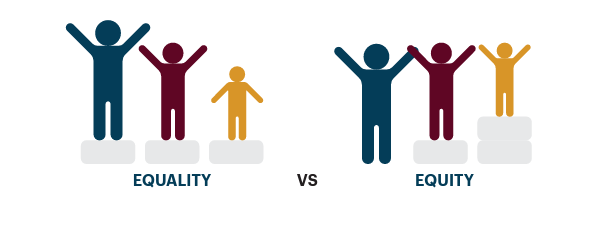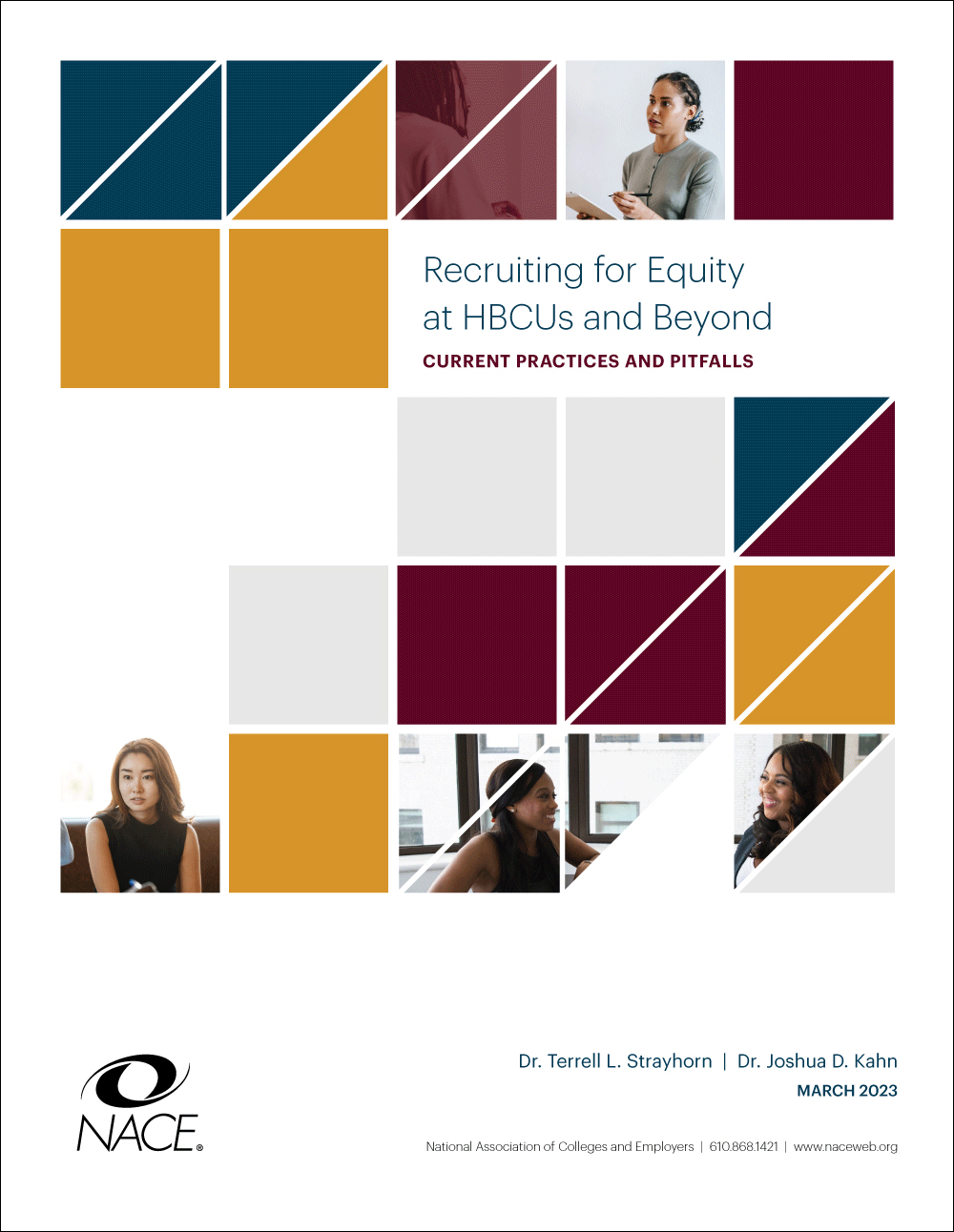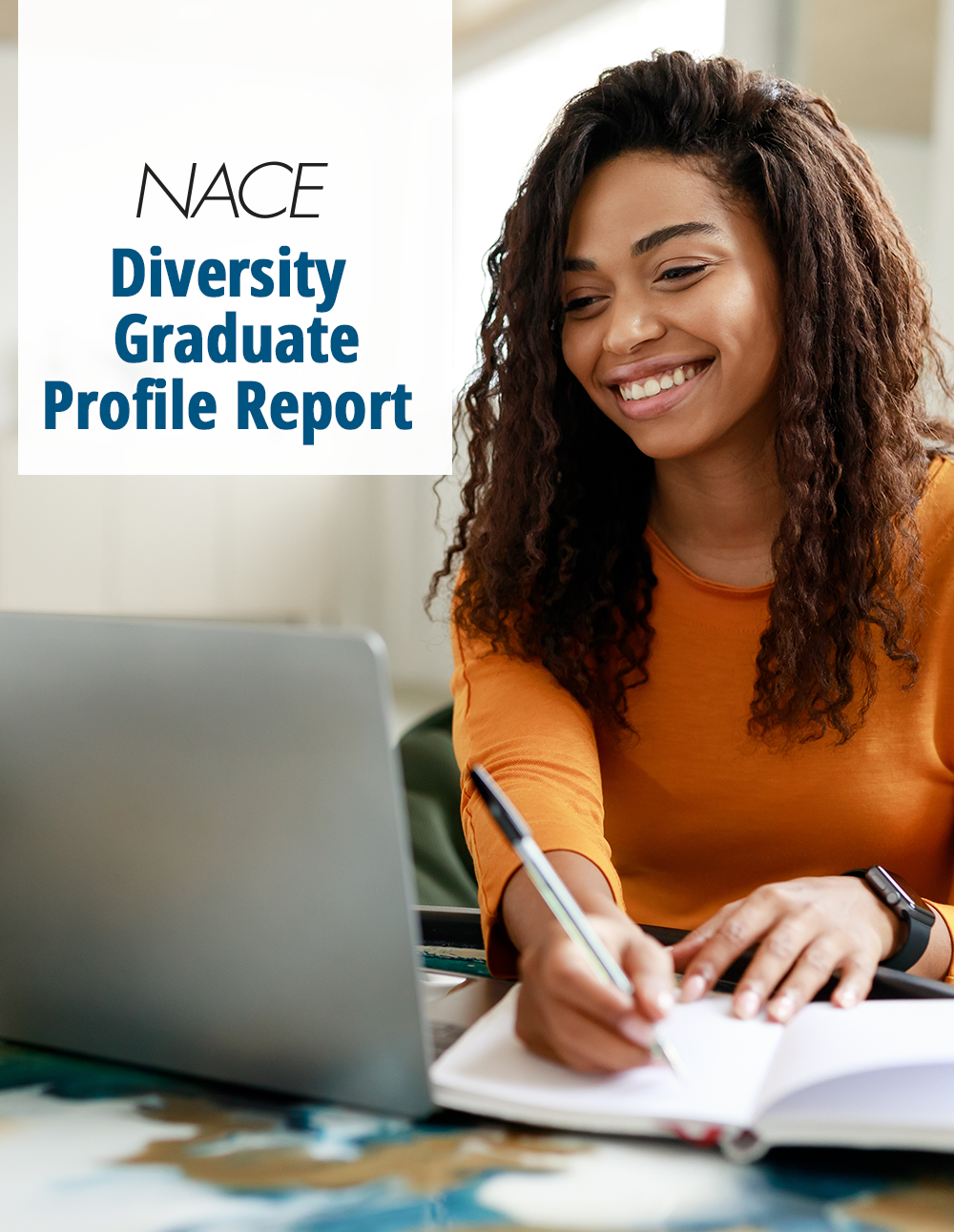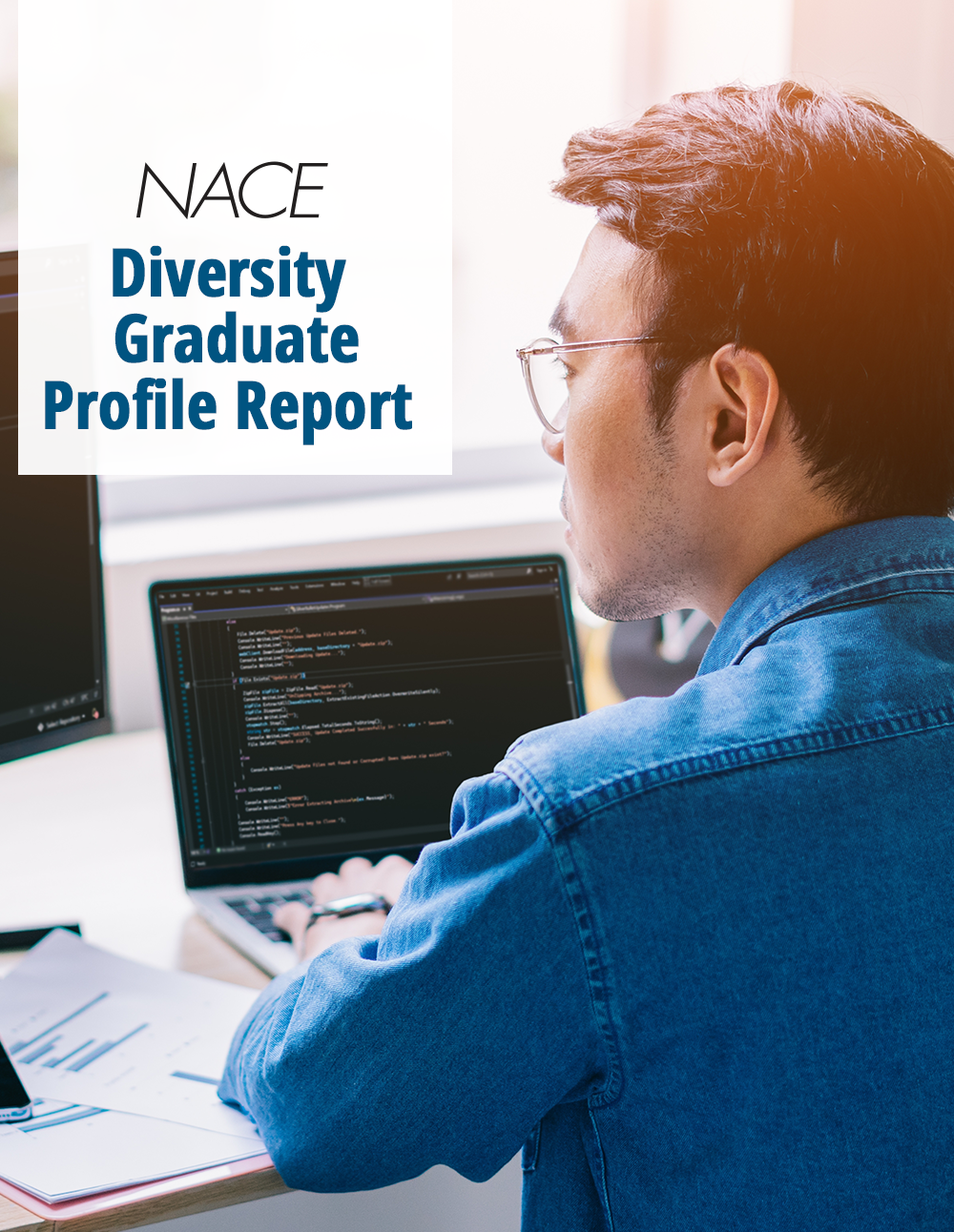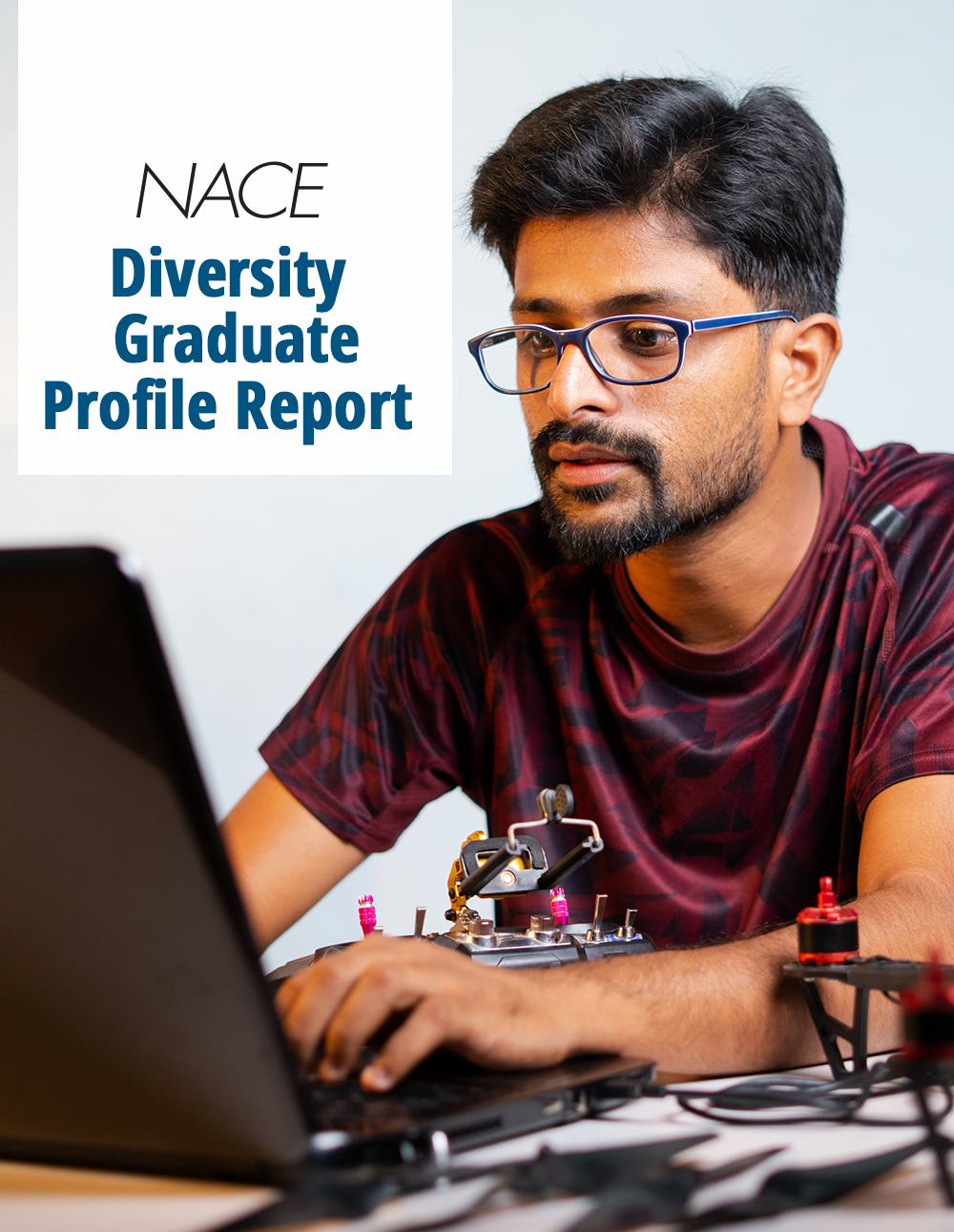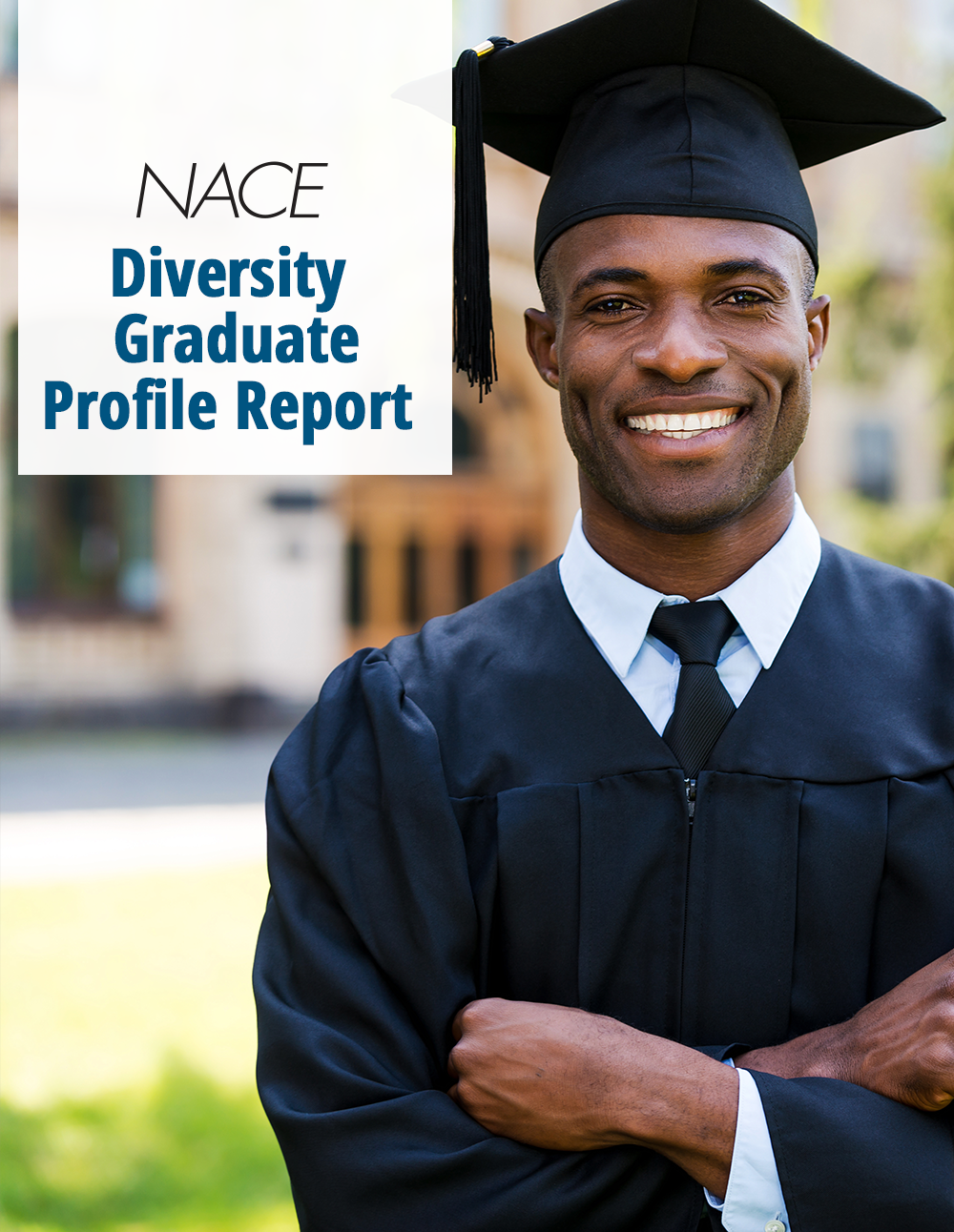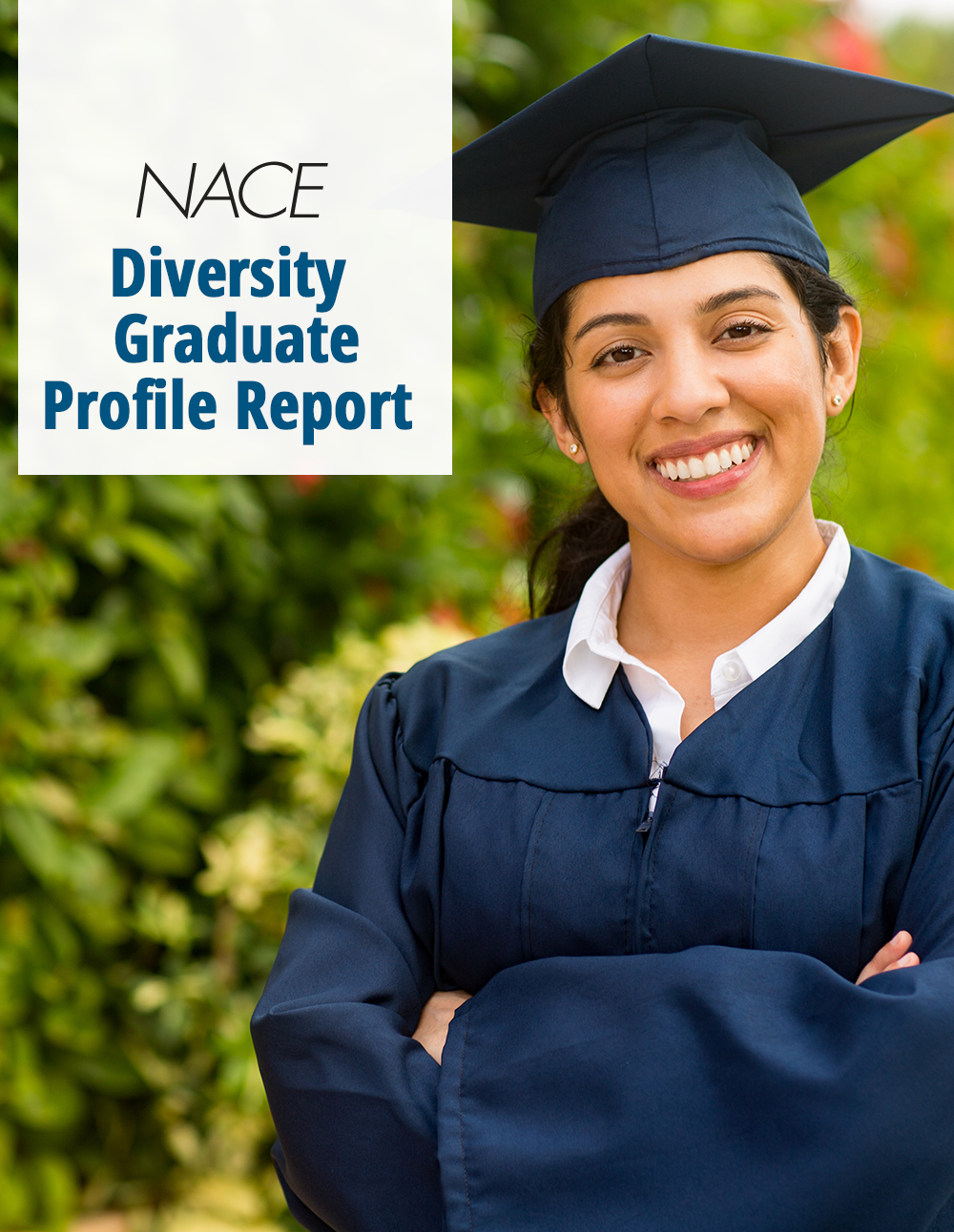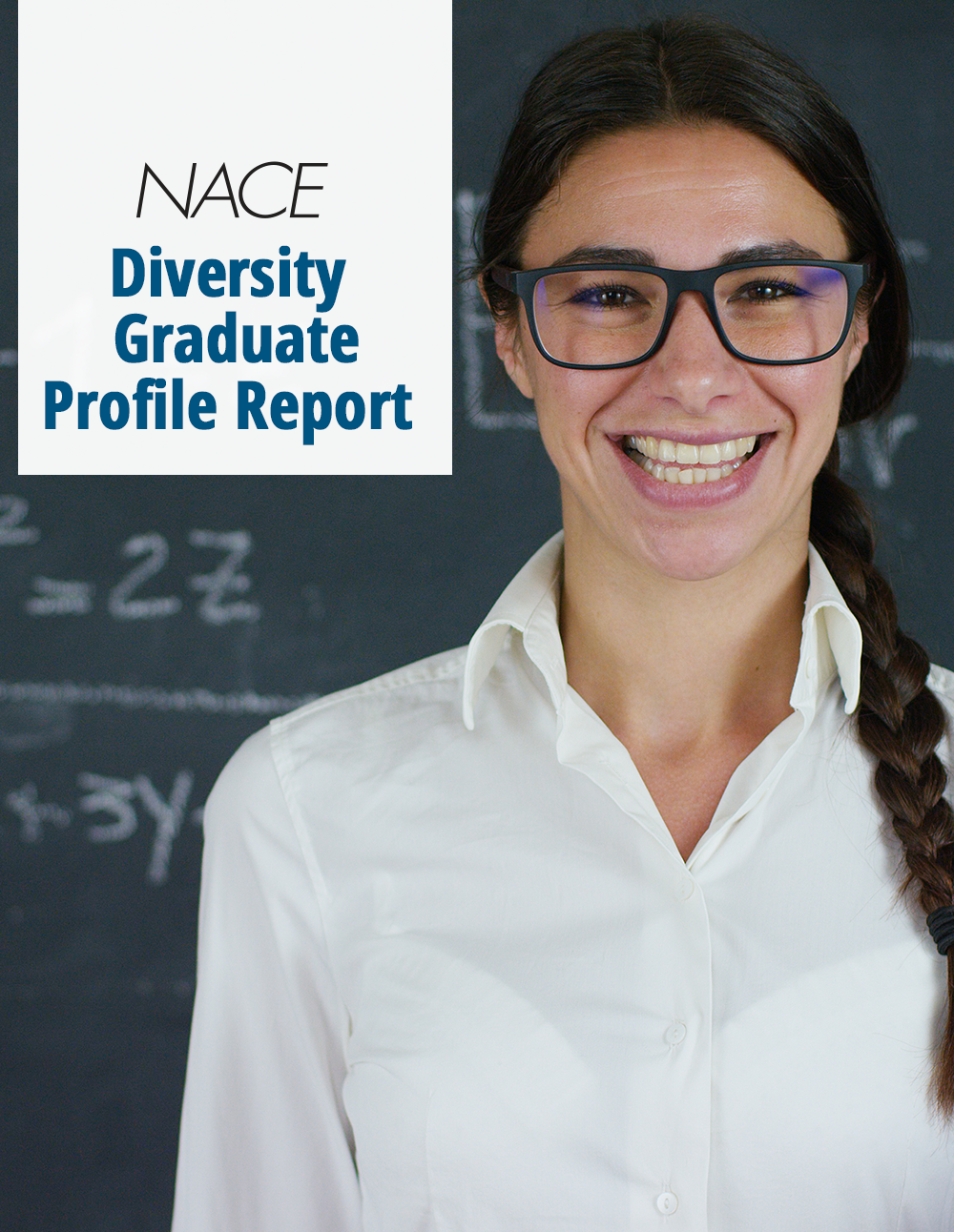Spotlight for Recruiting Professionals
There are two crucial aspects of building an effective neurodiverse hiring program, explains Craig Single, director of talent acquisition COE, People & Culture Team at Vertex.
First, he explains, an organization needs to have a sustained supply of candidates.
“That can come from partnering with a campus that is pipelining these candidates through or via a service provider,” Single explains. “You have to have the candidate supply piece.”
The more difficult piece, however, is getting buy in from within.
“In the grand scheme, it’s pretty easy to get buy in from leaders because any good CEO is going to want to do something around corporate social responsibility,” Single says.
“That’s an easy sell. But to go to those who only have experience hiring or managing neurotypical individuals, and to say they need to take a job that is normally done one way and break it down in such a way that someone who’s neurodiverse can understand the steps necessary to complete the work, presents challenges when they may not have the time to create that documentation.”
Single says that some managers think they can’t, don’t understand how to, or don’t have the time to change their approach in this way.
“That, by far, is the biggest challenge,” Single says. “We tell them that we understand software testing, for example, and we’ll help them break it down and show them that this can work. At the outset, many managers don’t understand what is involved with the day to day and are resistant to the necessary changes.”
Single refers to the common saying, “If you’ve met one person with autism, you’ve met one person with autism.” In other words, there is great diversity among individuals on the spectrum and the larger differences that are typical to these individuals combine in unique ways for each of them.
Still, some common traits noticeable in the workplace align with executive functioning, which includes the mental processes that involve planning, staying organized, focusing attention, sequencing information, remembering instructions, and having control of emotions.
“While somebody on the spectrum might have remarkable abilities in a very narrow area of expertise, such as detail orientation, the side that is lacking tends to be these executive functions, which creates the gap,” Single says.
To span this gap, organizations need to build bridges. Vertex started its neurodiverse hiring program in March of 2018 by leveraging a relationship with The Precisionists, which provides industry best practices for delivering administrative and technology services performed through teams that include individuals with disabilities.
“They have trained and identified the skillsets of these individuals coming in,” Single explains.
Initially, Vertex hired six individuals; since, two of them have been converted to full-time employees. The company has also expanded its work in this area to offer what it calls bridge jobs, part-time positions that Vertex partnered with Philadelphia SpARC Neurodiversity in the Workplace to create.
“We provide corporate technology jobs for individuals—most are on the spectrum—who are grossly underemployed,” he notes.
“They work with us for one to two weeks per month, sometimes a little bit more. This helps them to balance working with us with working another job, such as at a retail store, and develop a resume that’s going to help them get a job, either here or elsewhere.”
Vertex has brought in approximately 10 individuals through that program. Other partnerships that Vertex has nurtured in this area include with Saint Joseph’s University’s Kinney Center for Autism Education and Support; Drexel University; Hill Top Preparatory School, which supports children with performance-based learning differences; and more.
Through these partnerships and the knowledge gained by hiring and working with individuals on the spectrum, Vertex has adjusted some of its processes.
“For example, we have a very inclusive internship interviewing process, which is all done over the phone,” Single says.
“In making this shift, we’re breaking apart the biggest obstacle for someone on the spectrum: the in-person interview. Doing all of our internship interviews over the phone gives the candidates an advantage because they can comfortably interview for the position. Every year, we’ve had one or two interns who either self-identified or were clearly identifiable as on the spectrum. If we had brought them into an interview situation, there would have been some obstacles for them in terms of being successful.”
Other practices that help prospects on the spectrum prepare for an interview are providing the questions ahead of time and giving them detailed information about who they are meeting with and the timing of the meetings. There are other considerations as well.
“For instance, make sure the lighting in the interview space is appropriate,” Single recommends. “LED lights tend to faintly flicker, which is something that individuals on the spectrum can be sensitive to. Also, be mindful of environmental sounds during the interview. Bringing these candidates into an open office space could be remarkably distracting and prevent them from being successful in the interview.”
Once they are employees, the accommodations are quite simple, Single says. One of the most important is providing a job coach. He points out that while some companies have a full-time job coach within the business, in most cases, the employee would be connected to some sort of service provider from which they are already getting job coaching.
“In the end, these individuals are hired because they are talented and have an ability, and we expect them to do a certain job,” Single says.
“When the work does get done, the focus that we have placed on helping these individuals find success in the workplace is very gratifying for all of us.”
